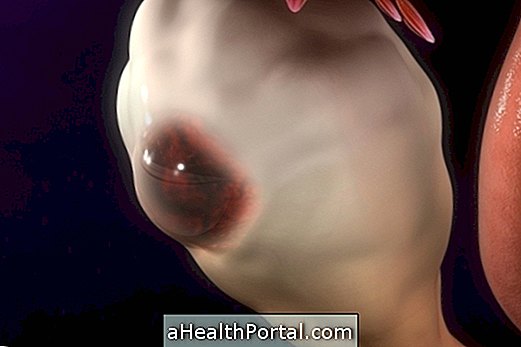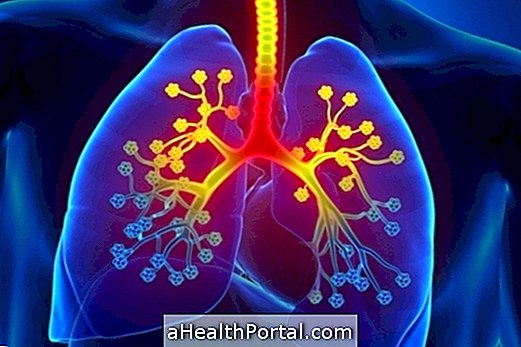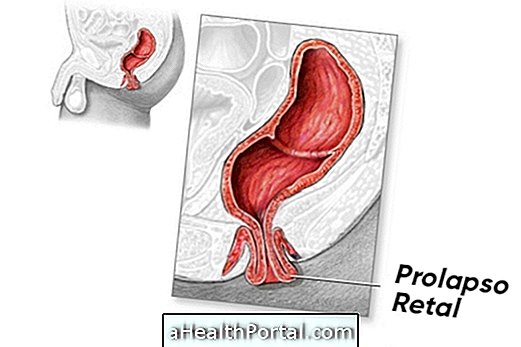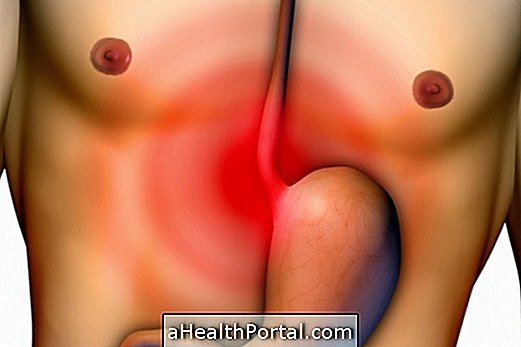Intestinal tuberculosis is the infection of the intestine by the tuberculosis bacillus, which can be transmitted through saliva droplets of people who have this disease, or by eating and drinking meat or milk from contaminated animals.
This infection is most common in people who have very weakened immunity, such as people with AIDS, for example and it usually happens when the person also has pulmonary tuberculosis and swallows the secretions with the bacillus. Therefore, the treatment is done in the same way as pulmonary tuberculosis, with antibiotics for 6 to 9 months.
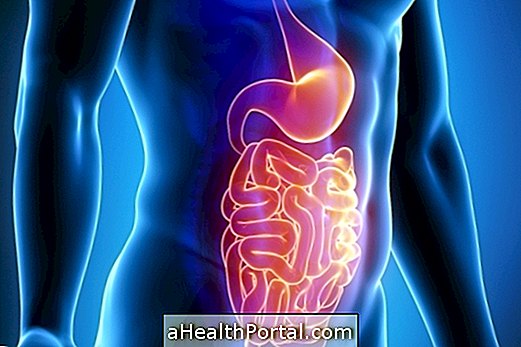
Main symptoms
Intestinal tuberculosis causes symptoms in the region of the abdomen and intestine, which begin mild and worsen over time. The main ones are:
- Persistent belly pain;
- Diarrhea;
- Stool bleeding;
- Swelling or presence of palpable lump in the belly;
- Low fever;
- Lack of appetite and weight loss;
- Night sweats.
These symptoms are caused by wounds that the disease causes in the bowel wall, and which are very similar to those caused by Crohn's disease or cancer, and for this reason, it can be difficult to differentiate these diseases.
How it is transmitted
Most often, the bacillus that causes tuberculosis is transmitted by the respiratory secretions that are in the air, causing infection in the lungs. However, it can reach the intestine, when the person with pulmonary tuberculosis swallows their secretions, or when meat or unpasteurized cow's milk contaminated by bovine tuberculosis is eaten, especially in people with very weakened immunity, as it happens in people with AIDS or who use immunosuppressive drugs, for example.
To confirm the contagion and to diagnose this disease, a colonoscopy with biopsy of the lesions is done, which is sent to the laboratory for analysis in order to identify the tuberculosis bacillus.
How is the treatment done?
Intestinal tuberculosis is curable, and the treatment is done in the same way as in pulmonary tuberculosis, with the following antibiotic regimen prescribed by the infectologist:
- Isoniazid, rifampicin, pyrazinamide and ethambutol in tablet for 2 months;
- Then, isoniazid, rifampicin for 4 to 7 months.
In people who do not start treatment sooner, the infection can spread to deeper layers of the intestine, reaching other organs of the abdomen and circulation, which can cause bowel obstruction, hemorrhage, and fistulae, which can even cause death risk .
In addition, during the treatment period it is important to avoid drinking alcoholic beverages and have a good diet, rich in fruits, vegetables and vegetables, to help the body in fighting the disease. Check out food tips to boost immunity.

